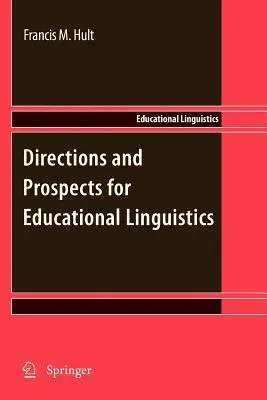As pressure builds on the educational systems of the world to serve the
needs of increasingly diverse multilingual populations and at a time
when multilingualism and multiliteracy are clearly socially and
economically advantageous, the need to understand relationships between
language and education is particularly acute. Since its formulation in
the 1970s, educational linguistics has been developing specifically to
address this need. More than the application of concepts from the
discipline of linguistics to the field of education, educational
linguistics has taken shape as the transdisciplinary investigation of
language issues in and around educational settings. Accordingly, it has
emerged as an area of inquiry that is unified by its focus on education
but diverse in both methodology and theoretical underpinnings.
Directions and Prospects for Educational Linguistics explores the
innovations that have developed from creative syntheses of
methodological and theoretical approaches. The volume provides unique
insights into current practices and new frontiers for educational
linguistics by bringing together contributions from scholars who draw
upon on established research traditions while at the same time pushing
their boundaries beyond the confines of specific disciplines. Each essay
serves as a thought provoking starting point for scholars and advanced
graduate students to contemplate directions and prospects for research
that contributes to linguistically appropriate and socially responsible
education.


